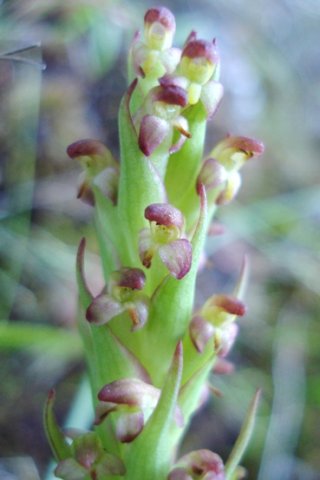Disa bracteata not loved everywhere!

Author: Ivan Lätti
Photographer: Judd Kirkel Welwitch
Disa bracteata has the adaptability to defy threats to its continued existence in nature. It is probably the most common orchid of the Cape Floristic Region, often seen on road verges and other disturbed land where it sometimes grows bigger and stronger than in its natural habitat. Some specimens have even been seen on decaying thatch roofs.
Its weedy tendencies have made D. bracteata an obnoxious invader in Australia, spreading from the west coast to South Australia and Victoria, as well as recently to Tasmania and New Zealand. Yes, even orchids and disas are not exempt from weed or invader status.
This notable infestation is partly driven by the plant’s capacity for self-pollination. Even where insect populations are low, this orchid achieves massive seed production, the seed seldom hesitating to grow. People in Australia and New Zealand have been encouraged to collect these plants where they find them and burn them (Liltved and Johnson, 2012).

